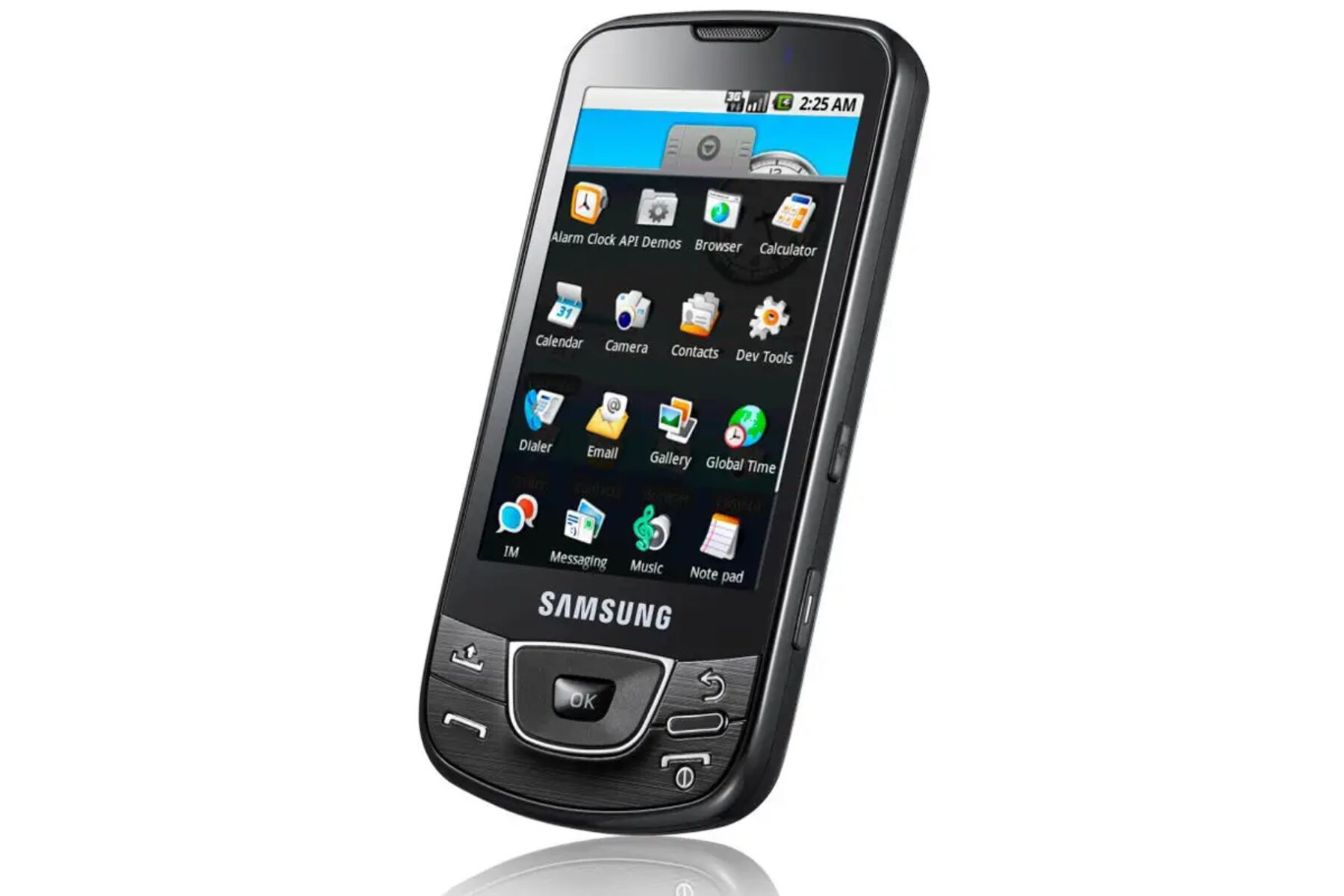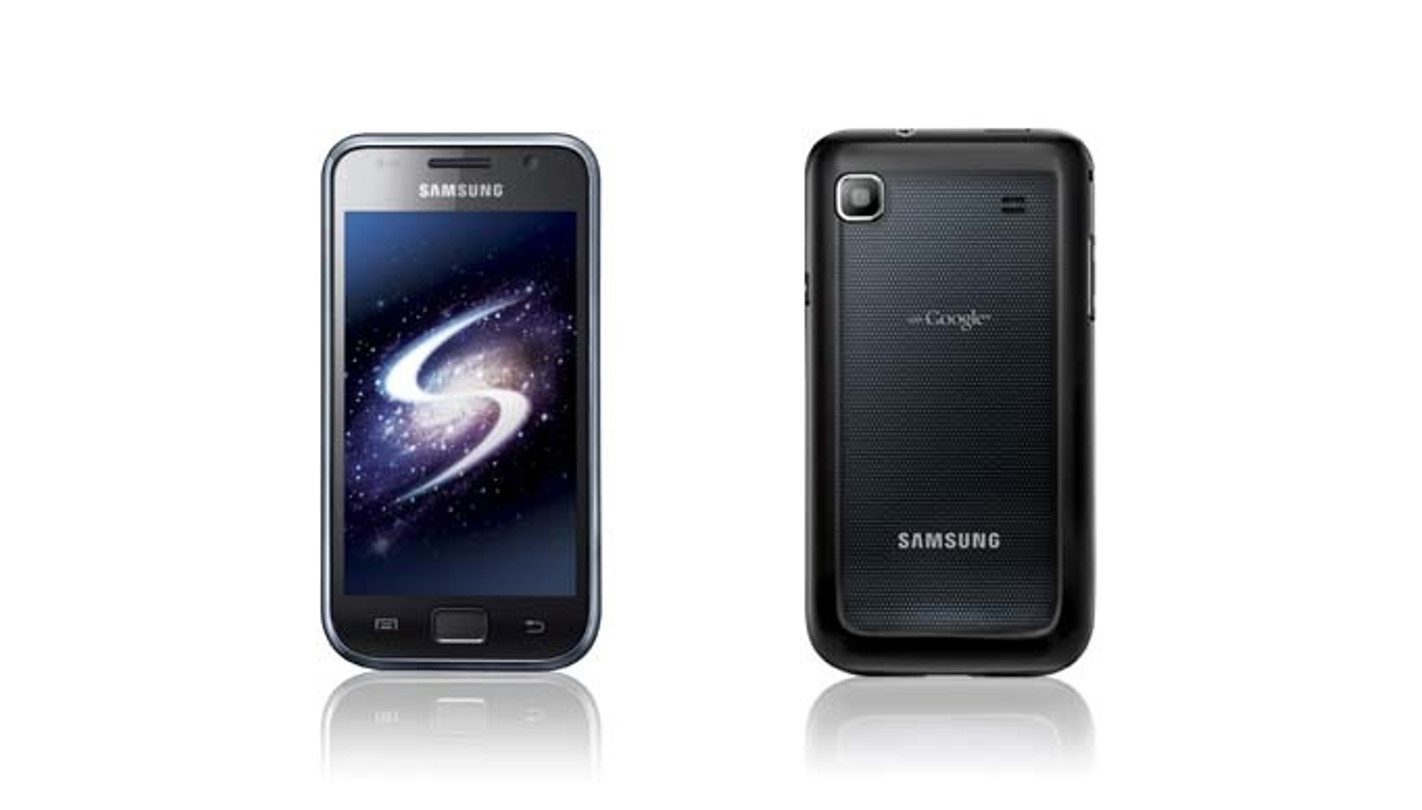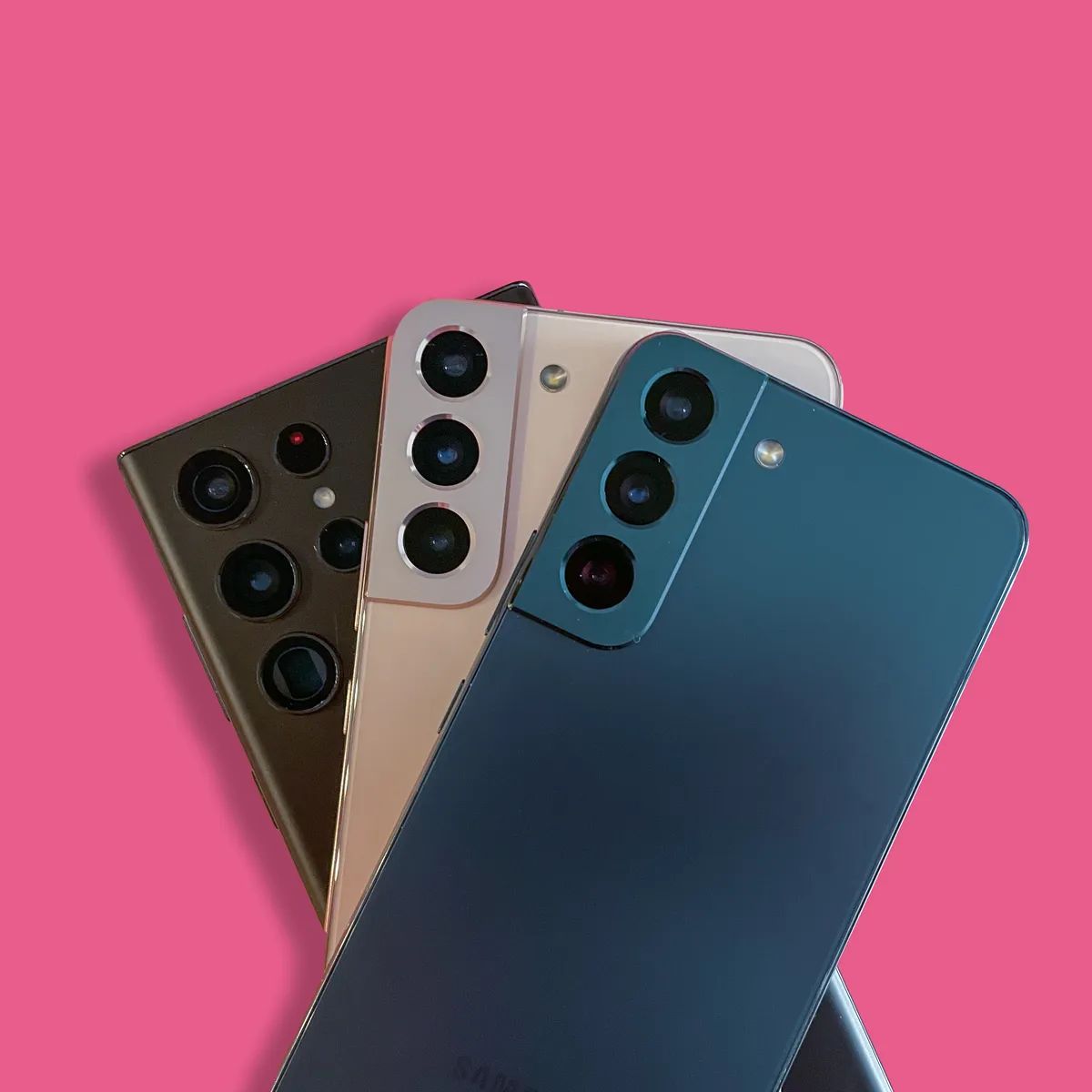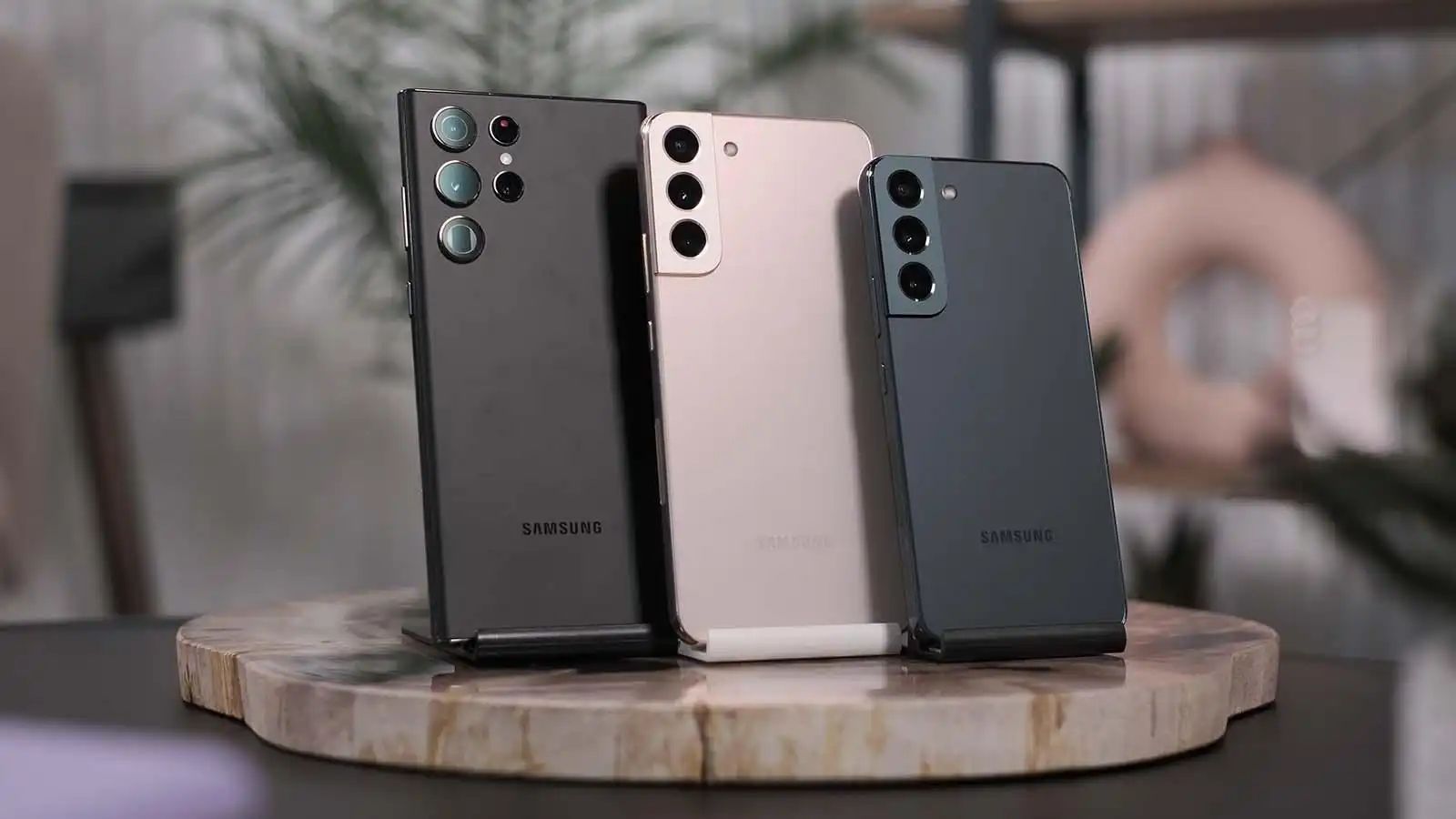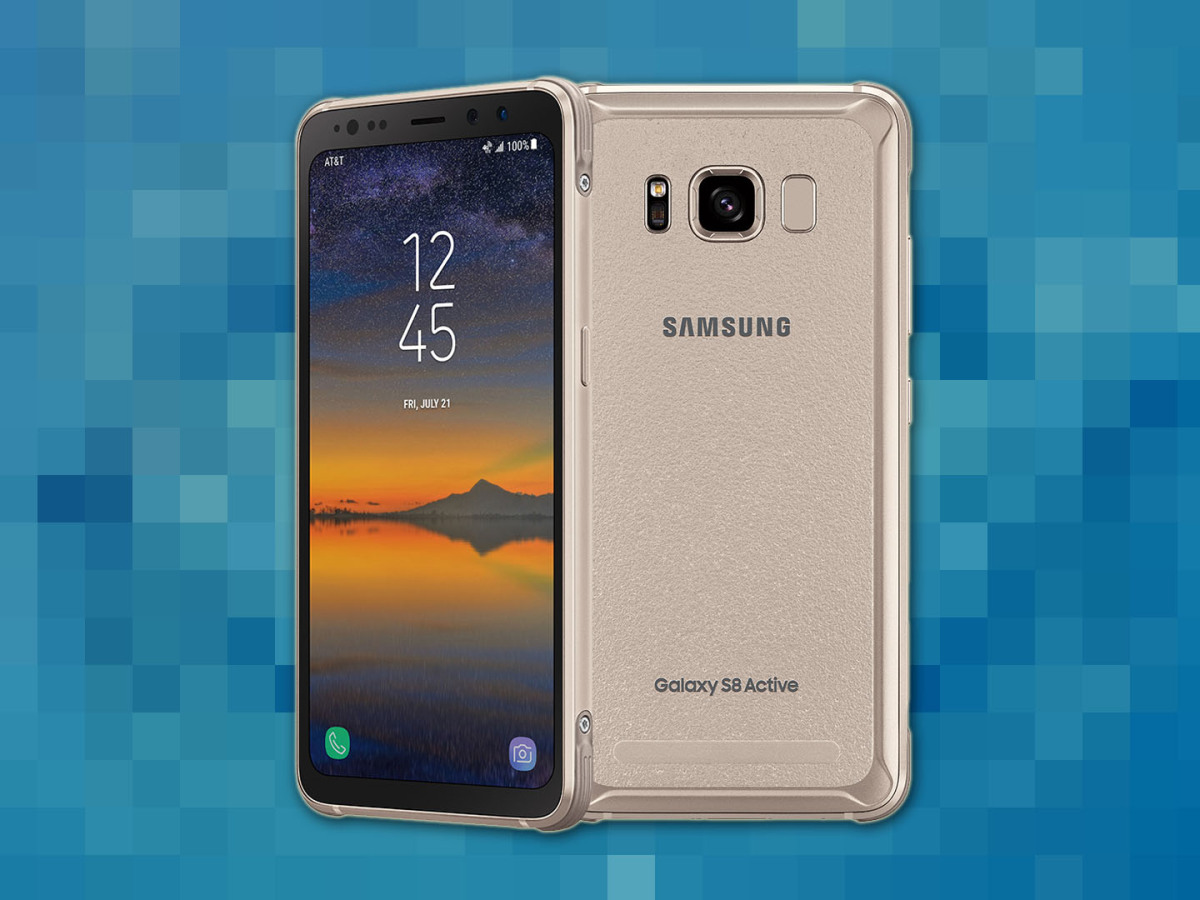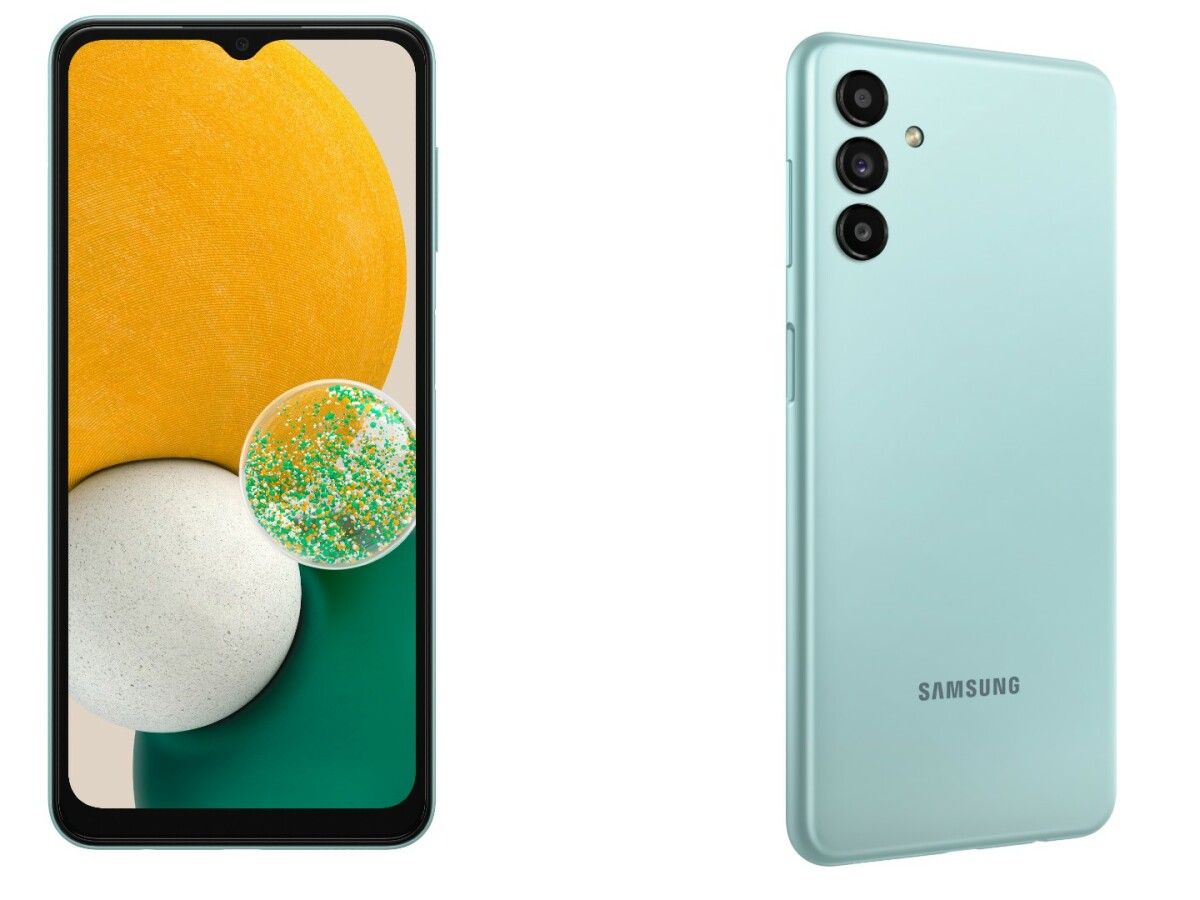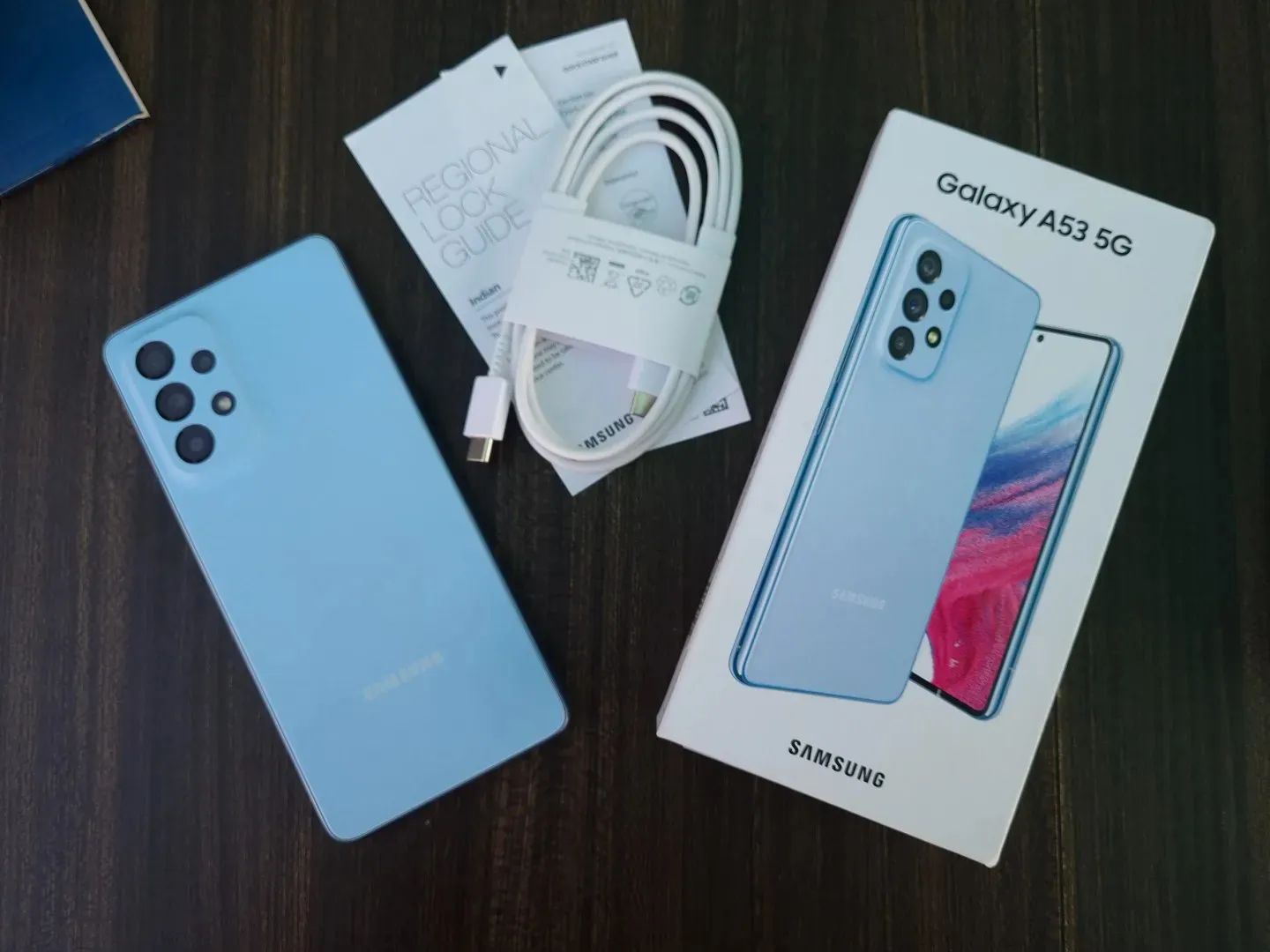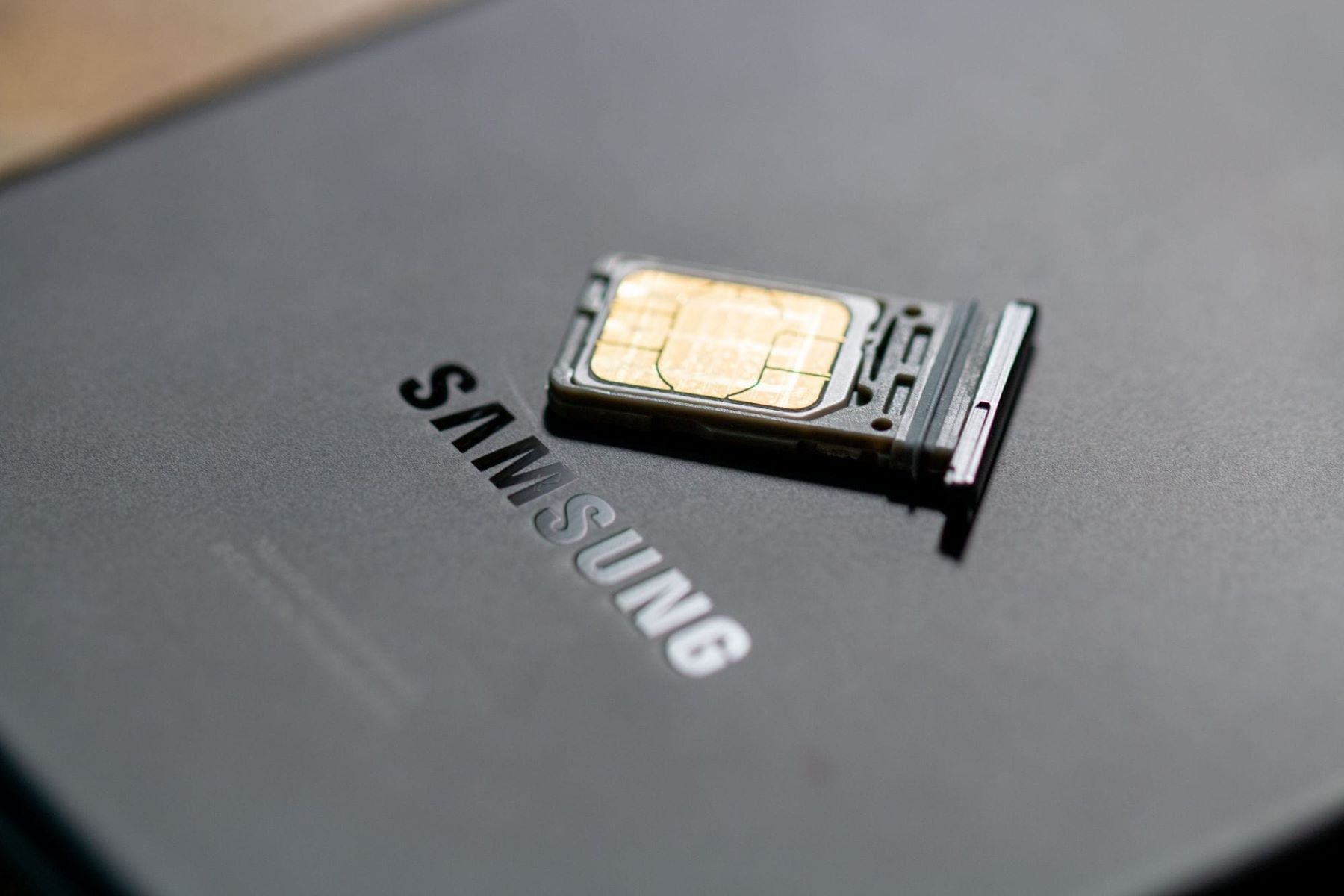Introduction
Welcome to the world of smartphones, where communication, entertainment, and convenience are just a touch away. In the rapidly evolving tech landscape, Samsung has emerged as one of the leading manufacturers, offering cutting-edge devices that have captivated millions of users worldwide. But have you ever wondered when Samsung released its first smartphone? In this article, we will delve into the history of Samsung’s foray into the smartphone industry.
As we dive into the past, we cannot overlook the significant influence of Nokia, a company that dominated the mobile phone market in the early 2000s. Back then, Nokia was considered the epitome of innovation, with its robust and reliable devices. However, the rise of smartphones brought forth new challenges and opportunities for manufacturers, including Samsung.
While Samsung had been involved in mobile telecommunication since the early 1980s, it wasn’t until the late 1990s that the company started to explore the potential of smartphones. In the year 1999, Samsung introduced its first phone with built-in web browsing capabilities – the Samsung SCH-W460. Although this phone did not have the advanced features we associate with contemporary smartphones, it marked Samsung’s initial step into the world of mobile internet.
The true birth of the Samsung smartphone, as we know it today, came in 2009 with the release of the Samsung Galaxy I7500. This device, powered by the Android operating system, offered a range of features and functionalities that set it apart from its predecessors. The Samsung Galaxy I7500 boasted a 3.2-inch AMOLED touchscreen, a 5-megapixel camera, and expandable storage options, making it a formidable competitor in the emerging smartphone market.
Since the introduction of the Samsung Galaxy I7500, the company has continuously pushed the boundaries of innovation. With each new iteration of their flagship Galaxy series, Samsung has aimed to set new standards for performance, design, and user experience. The Samsung Galaxy S series, launched in 2010, gained widespread acclaim with its sleek designs, high-resolution displays, and powerful processors, solidifying Samsung’s position as a force to be reckoned with in the smartphone industry.
As we look back at Samsung’s journey into the realm of smartphones, we can appreciate the strides they have taken to revolutionize the way we communicate and interact with technology. From humble beginnings to becoming a global giant, Samsung’s commitment to innovation has made a significant impact on the market. Join us as we explore the fascinating evolution of Samsung’s smartphone lineup, which continues to shape the future of mobile communications.
The Nokia Connection
Before delving into the birth of Samsung smartphones, it’s essential to understand the role Nokia played in shaping the mobile phone landscape. In the late 1990s and early 2000s, Nokia was the dominant player in the mobile phone market, known for its sturdy devices and innovative features. Nokia set the standards for mobile communication, with its iconic devices like the Nokia 3310 and Nokia 8210.
During this period, smartphones were still in their infancy, and Nokia had a stronghold on the market. While Nokia’s Symbian operating system was considered advanced for its time, it faced limitations when compared to the newer mobile operating systems that were emerging.
As the demand for more advanced functionality grew, Nokia’s market share began to decline. Competitors like Apple and Samsung seized the opportunity to enter the smartphone market, challenging Nokia’s dominance.
In 2007, Apple introduced the revolutionary iPhone, which set a new precedent for smartphones. With its intuitive touchscreen interface and extensive app ecosystem, the iPhone quickly gained popularity among consumers. This marked the beginning of a seismic shift in the mobile industry, as smartphones were no longer mere communication devices but also became powerful computing tools.
While Nokia did make attempts to compete in this new era of smartphones, such as their collaboration with Microsoft on the Windows Phone platform, they struggled to keep up with the rapidly evolving technology and changing consumer demands. Nokia’s inability to adapt to the new smartphone paradigm eventually led to the downfall of their mobile phone business.
It is important to recognize the influence Nokia had on the smartphone industry and the challenges it posed for other manufacturers, including Samsung. With Nokia losing its grip on the market, there was ample opportunity for emerging players to make their mark and redefine the smartphone landscape. Samsung saw this as an opportunity to innovate and disrupt the market with their own brand of smartphones.
Next, we will explore the pivotal moment when Samsung introduced its first smartphone, setting in motion a new era of mobile technology.
The Birth of the Samsung Smartphone
In the late 1990s, Samsung began to explore the potential of smartphones, recognizing the shifting needs and demands of consumers. It was in 1999 that Samsung introduced its first phone with web browsing capabilities, the Samsung SCH-W460. While not yet a full-fledged smartphone, this device laid the groundwork for Samsung’s future endeavors in the mobile industry.
As the 2000s unfolded, Samsung continued to invest in research and development to create more advanced mobile devices. In 2007, Samsung launched the Samsung Instinct, a touch-screen phone that aimed to compete with the popular iPhone. Although the Samsung Instinct was not a true smartphone, it showcased Samsung’s determination to keep up with the evolving consumer preferences.
However, it was in 2009 that Samsung made a significant breakthrough with the release of the Samsung Galaxy I7500. This was the device that truly marked the birth of the Samsung smartphone as we know it today. The Samsung Galaxy I7500 ran on the Android operating system, which allowed for a customizable and user-friendly experience.
The Samsung Galaxy I7500 was equipped with a 3.2-inch AMOLED touchscreen display, providing vibrant colors and excellent contrast. It boasted a 5-megapixel camera, a rarity at that time, and expandable storage options, allowing users to store more photos, videos, and apps. These features set the Samsung Galaxy I7500 apart from its competitors and immediately garnered attention in the smartphone market.
With the release of the Samsung Galaxy I7500, Samsung showcased its commitment to innovation and its ability to adapt to the changing dynamics of the mobile industry. The device received positive reviews from consumers and critics alike, solidifying Samsung’s position as a key player in the smartphone market.
Following the success of the Samsung Galaxy I7500, Samsung continued to innovate and release new smartphones, building on the foundation they had established. The subsequent models in the Galaxy series, such as the Samsung Galaxy S and Galaxy Note, further propelled Samsung to the forefront of the smartphone revolution.
Today, Samsung smartphones are known for their sleek designs, vibrant displays, powerful processors, and innovative features. The birth of the Samsung smartphone marked a turning point in the mobile industry, shaping the way we communicate, work, and stay entertained on the go.
In the next section, we will take a closer look at the evolution of Samsung’s smartphone lineup, particularly the popular Samsung Galaxy series that has captured the hearts of millions of users worldwide.
The Samsung Galaxy Line
With the success of the initial Galaxy smartphone, Samsung took the smartphone market by storm and continued to establish itself as a true contender. The Samsung Galaxy series was born, setting new benchmarks for performance, design, and user experience.
The Samsung Galaxy S, first released in 2010, was a game-changer for the smartphone industry. It offered a 4-inch Super AMOLED display, delivering vibrant colors and sharp visuals. The powerful processor and ample storage allowed users to multitask and enjoy rich multimedia experiences seamlessly. The Samsung Galaxy S quickly became a popular choice for tech enthusiasts and mainstream consumers alike.
Building upon the success of the Galaxy S, Samsung introduced the Galaxy Note series in 2011. The Galaxy Note stood out with its large display and the inclusion of a stylus, known as the S Pen. This combination provided users with a unique and versatile mobile experience, catering to those who desired enhanced productivity, creativity, and note-taking capabilities. The Galaxy Note series proved to be a hit, inspiring other manufacturers to follow suit and introduce their own versions of the “phablet” category.
Over the years, Samsung expanded the Galaxy lineup to cater to different market segments and price points. They introduced various iterations of the Galaxy S and Galaxy Note series, each offering upgraded specifications, refined designs, and new features. The Galaxy A series was also introduced, offering mid-range smartphones with premium features, further widening Samsung’s reach in the market.
One of the notable additions to the Galaxy family was the Samsung Galaxy S9, released in 2018. It featured an edge-to-edge Infinity Display, enhanced camera capabilities, and a water and dust-resistant design. The Samsung Galaxy S9 showcased Samsung’s commitment to pushing boundaries and providing users with the latest advancements in smartphone technology.
In recent years, Samsung has continued to innovate and introduce new technologies to their flagship Galaxy devices. They incorporated features like in-display fingerprint sensors, multiple camera systems with advanced photography capabilities, and powerful processors that can handle demanding tasks effortlessly.
Additionally, Samsung has embraced the trend of foldable smartphones. The Samsung Galaxy Fold, released in 2019, introduced a new era of smartphone design, with a foldable display that expanded the possibilities of multitasking and content consumption.
The Samsung Galaxy line remains highly popular and influential in the smartphone market, with each new generation setting new standards and captivating users worldwide. Whether it’s the flagship Galaxy S series, the productivity-focused Galaxy Note series, or the mid-range Galaxy A series, Samsung continues to cater to a wide range of users with their diverse smartphone offerings.
As Samsung continues to innovate and introduce new devices to the Galaxy lineup, it’s clear that their commitment to pushing boundaries and providing exceptional user experiences remains unwavering.
Conclusion
The journey of Samsung in the smartphone industry has been nothing short of remarkable. From its early exploration of web browsing capabilities to the birth of the first true Samsung smartphone, the company has continuously pushed the boundaries of innovation and captivated consumers worldwide.
The Nokia connection played a significant role in shaping the mobile phone landscape and presented Samsung with both challenges and opportunities. As Nokia’s grip on the market began to wane, Samsung seized the chance to introduce their own brand of smartphones and redefine the industry.
With the release of the Samsung Galaxy I7500 in 2009, Samsung marked the birth of its groundbreaking smartphone lineup. Subsequent models, such as the Galaxy S and Galaxy Note series, further solidified Samsung’s position as a frontrunner in the smartphone market. With sleek designs, vibrant displays, powerful processors, and innovative features, Samsung smartphones have become a staple in the lives of millions of users worldwide.
The expansion of the Samsung Galaxy line to cater to various market segments and price points has only further cemented Samsung’s dominance in the industry. Whether it’s a flagship Galaxy S device, a productivity-oriented Galaxy Note, or a mid-range Galaxy A smartphone, Samsung ensures that there is a device to meet the needs and preferences of every user.
As Samsung continues to innovate and introduce new technologies to their devices, such as foldable smartphones, it is clear that their commitment to pushing boundaries remains steadfast. Samsung’s contribution to the evolution of smartphones has transformed the way we communicate, work, and engage with technology.
As we look to the future, one thing is certain: Samsung will continue to play a leading role in shaping the smartphone industry. By staying at the forefront of innovation and delivering top-notch user experiences, Samsung will undoubtedly captivate the hearts and minds of users for years to come.







